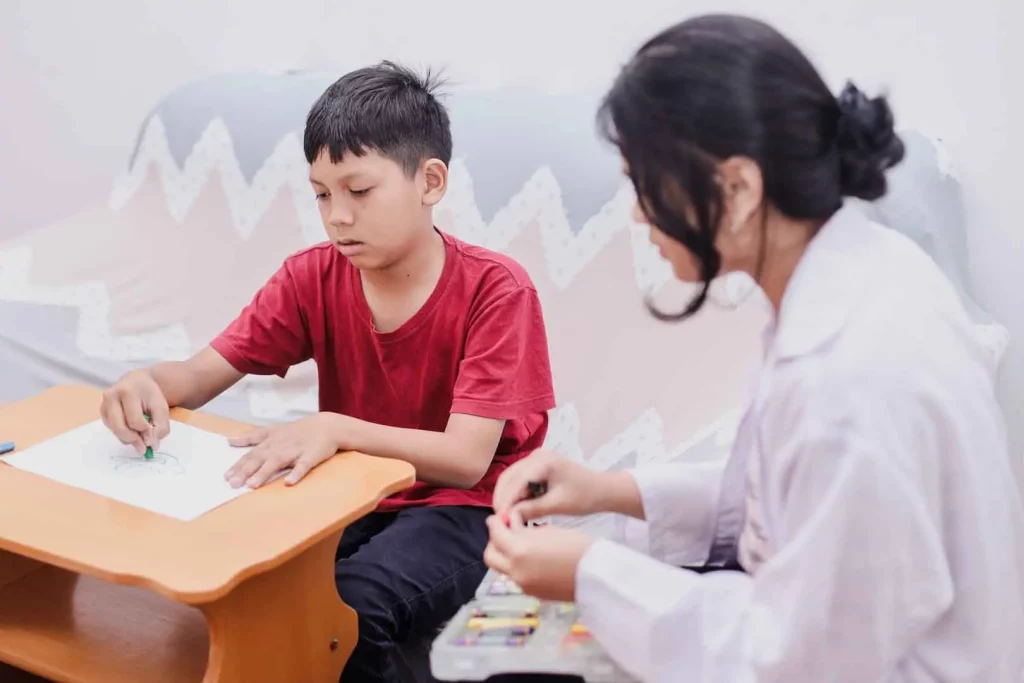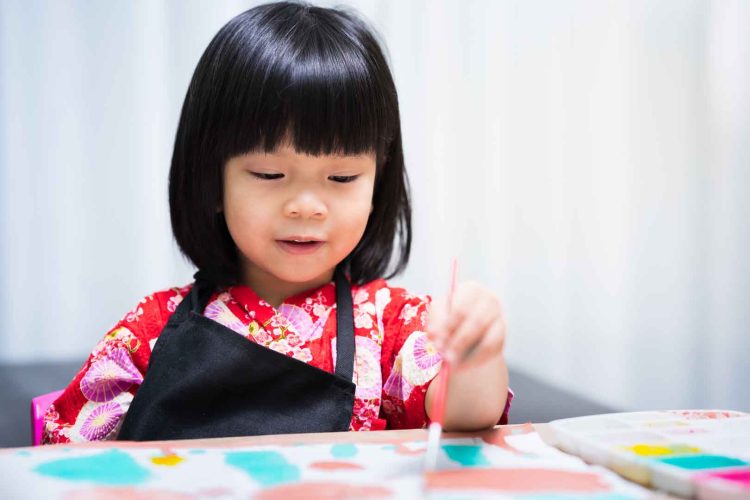Understanding Art Therapy and Its Origins
Art therapy is a form of expressive therapy that uses the creative process of making art to improve a person’s physical, mental, and emotional well-being. Rooted in psychology and art, this therapeutic approach harnesses creativity as a nonverbal communication tool, allowing individuals to explore feelings, reconcile emotional conflicts, foster self-awareness, and manage behavior. The practice traces back to the mid-20th century when pioneers like Margaret Naumburg and Edith Kramer emphasized art’s role in psychotherapy. Since then, art therapy has grown as a recognized clinical discipline, used across diverse settings including hospitals, schools, mental health clinics, and rehabilitation centers.
The Science Behind Art Therapy
The effectiveness of art therapy stems from its ability to engage multiple brain regions simultaneously. Creating art activates the motor cortex, sensory areas, and the limbic system, which governs emotions and memory. This multisensory engagement helps individuals access feelings that may be difficult to express verbally, facilitating emotional release and cognitive processing. Studies using neuroimaging have shown that art-making reduces activity in the amygdala—an area associated with stress and fear—while increasing prefrontal cortex activity related to problem-solving and emotional regulation. This neurobiological evidence supports art therapy’s ability to decrease anxiety, depression, and trauma symptoms.
Emotional Processing Through Creative Expression
Art therapy provides a safe and structured way to externalize internal emotional experiences. The process of drawing, painting, sculpting, or collage allows individuals to symbolize complex feelings and traumatic memories without the constraints of language. For many, especially those who find verbal communication challenging, art becomes a powerful outlet for expression. Creating art encourages mindfulness, grounding the person in the present moment while simultaneously offering insight into unconscious thoughts. This dual focus supports emotional processing by making internal experiences visible and manageable.
Art Therapy in Trauma Recovery
Trauma survivors often struggle with overwhelming emotions and fragmented memories. Art therapy is particularly beneficial in trauma recovery as it facilitates gradual exposure to difficult experiences in a controlled, symbolic manner. Through art, individuals can reconstruct traumatic narratives, gain a sense of mastery, and reduce the emotional charge attached to memories. Programs that combine art therapy with traditional trauma treatments, such as cognitive-behavioral therapy (CBT) or Eye Movement Desensitization and Reprocessing (EMDR), report improved outcomes in PTSD symptom reduction and emotional resilience.

Children and Adolescents: Art Therapy as a Developmental Tool
Children and adolescents benefit greatly from art therapy because it aligns naturally with their developmental stage and communication styles. Young clients often express emotions through play and creativity rather than words, making art therapy an accessible medium. It supports the development of emotional intelligence, self-esteem, and coping skills. In educational settings, art therapy helps children with behavioral challenges, anxiety, and learning disabilities by providing a calming, structured environment for self-expression. Group art therapy sessions also foster social skills and peer support.
Art Therapy for Anxiety and Depression
For individuals experiencing anxiety and depression, art therapy offers a constructive way to explore and manage overwhelming feelings. The creative process promotes relaxation, reduces rumination, and encourages positive self-reflection. Techniques like mandala drawing and guided imagery art can induce meditative states, lowering physiological markers of stress such as heart rate and cortisol levels. Art therapy also enhances mood by stimulating dopamine release, contributing to feelings of pleasure and accomplishment. Regular art-making combined with therapeutic guidance can improve emotional regulation and foster hope and motivation during depressive episodes.
Integrating Art Therapy with Other Therapeutic Modalities
Art therapy is often integrated with other treatment approaches to provide holistic care. For example, in psychotherapy, art can be used to deepen client insight or as a grounding technique during emotional crises. Occupational therapists incorporate art therapy to support motor skills and cognitive function in neurological rehabilitation. In addiction recovery programs, art therapy facilitates exploration of triggers and supports relapse prevention through creative coping strategies. This integrative potential makes art therapy a versatile and valuable component of multidisciplinary mental health care.
Practical Applications and Techniques in Art Therapy
Art therapists employ a wide range of materials and methods tailored to individual client needs and goals. Common techniques include free drawing, collage, clay modeling, mask making, and printmaking. Sessions might begin with prompts such as “draw your feelings” or “create a safe place,” encouraging symbolic representation. The therapist guides reflection on the artwork to connect creative expression with emotional insights. Art therapy can be individual or group-based, in-person or virtual, and adapted for diverse populations including seniors, veterans, and individuals with chronic illness.
Accessibility and Inclusivity in Art Therapy
One of the strengths of art therapy lies in its accessibility. It transcends language barriers, cultural differences, and literacy levels, making it suitable for people from varied backgrounds. Art therapy programs in community centers and hospitals aim to reach underserved populations, including refugees and trauma survivors with limited verbal fluency. Additionally, digital art therapy platforms and mobile apps have emerged, expanding access to creative therapeutic resources remotely. Ensuring inclusivity in materials, themes, and practices continues to be a priority for the field.
Self-Directed Art Therapy and Creative Wellness
While professional art therapy involves trained clinicians, self-directed art-making can also serve as a wellness practice for emotional health. Journaling with drawing, doodling, or coloring can foster mindfulness and stress relief. Community art workshops and expressive arts classes provide opportunities for creative connection and personal growth. Encouraging a daily creative habit supports ongoing emotional processing and resilience, contributing to long-term mental well-being outside formal therapy settings.
Challenges and Future Directions
Despite its benefits, art therapy faces challenges such as limited insurance coverage, a shortage of trained therapists, and misconceptions about its legitimacy as a clinical treatment. Ongoing research is needed to standardize protocols, document outcomes, and integrate art therapy within mainstream healthcare systems. Advances in technology, such as virtual reality and AI-assisted creativity tools, offer promising avenues to enhance therapeutic engagement and accessibility. The future of art therapy lies in bridging creativity with evidence-based practice to further unlock its healing potential.
Conclusion: Embracing Creativity for Emotional Healing
Art therapy uniquely blends creativity and psychology to offer a powerful pathway for emotional healing and self-discovery. By enabling individuals to communicate beyond words, process trauma, and build emotional resilience, it enriches mental health care with a deeply human and holistic approach. Whether delivered by professionals or practiced individually as a wellness tool, engaging in art fosters connection, understanding, and hope. In a world increasingly aware of mental health challenges, art therapy stands as a vibrant, accessible beacon guiding many toward recovery and emotional balance.










































